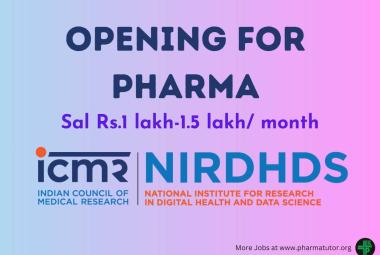M.Pharma
First semester examination, 2007-2008
Modern analytical techniques
Dr A.P.J. Abdul Kalam Technical University
[adsense:336x280:8701650588]
OR
(a) Explain Beer’s Law and its limitations in quantitative estimation.
Q.2. (a) Explain ATR phenomenon and its applications
(b) Show how you would distinguish between the following by spectroscopy.
(i) Aldehyde and Ketone
(ii) Alcohol and Ether
(iii) Mono substituted benzene and Di-substituted benzene
(b) Explain the significance of magnitude of “J” constant in structure elucidations.
OR
(a) Illustrate the following with suitable examples
(i) Diamagnetic anisotrop
(ii) Correlation Spectroscopy and its significance
Q.4. (a) Discuss the theory of Mass spectroscopy
(b) Explain Index of hydrogen deficiency and its significance.
(c) Write an exhaustive note on DSA technique, its principle and pharmaceutical applications.
Q.5. (a) Discuss various pumping systems, columns & detectors in HPLC.
(c) Discuss the principle of separation.
OR
(a) Classify column chromatography techniques.
(b)Discuss the principle of GLC and its column configuration, detection system & stationary phases.
(c)Explain Electrophoresis, its principle and factors governing it.
ABOUT AUTHORS
Mr. Dharmendra Kumar M.Pharm. (Pharmaceutics), Ms. Sakshi Gupta M.Pharm. (Pharmaceutical Chemistry)
Phd(p) Assistant Professor, Dr A.P.J. Abdul Kalam Technical University, Lucknow










